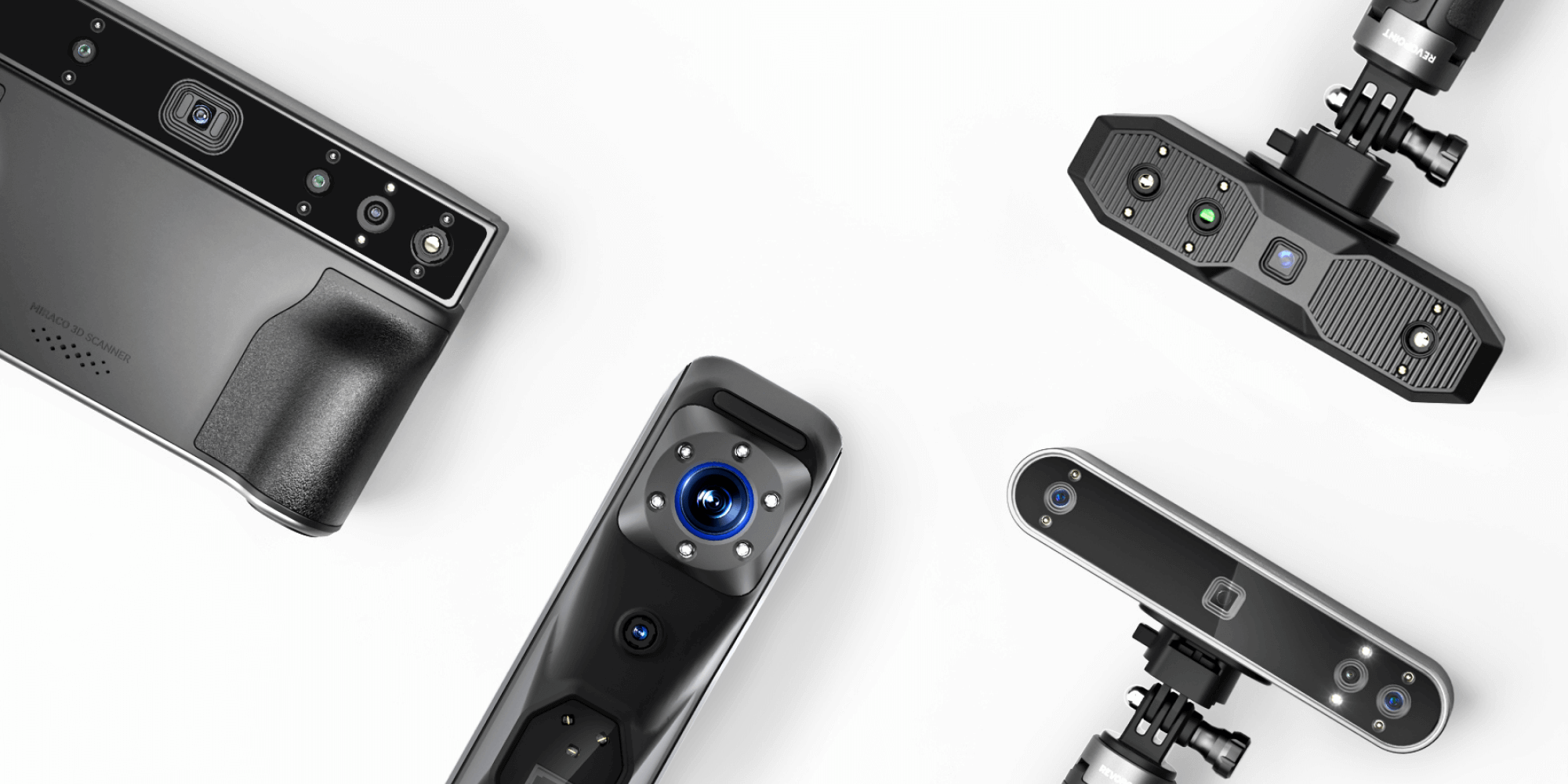Every 3D scanning professional has faced that moment: a perfectly calibrated scanner and optimal lighting conditions, and yet the scan results are frustratingly inadequate. The culprit? The physics of light interaction with surfaces. When light hits transparent or highly reflective materials, it either passes through or reflects unpredictably, leading to incomplete or distorted data.
To tackle this challenge, Scanning Spray has emerged as an effective solution. This specialized coating has transformed how we manage surfaces that are difficult to scan, especially when dealing with transparent, reflective, or dark objects.

Understanding the Science
Scanning sprays work by creating an "optically cooperative surface" that interacts optimally with light for 3D scanning. At the molecular level, these sprays form a uniform layer of particles, producing perfect diffuse reflection and turning challenging surfaces into ideal scanning subjects.
Modern scanning sprays are categorized into two types: traditional permanent, which create a stable surface coating, and advanced sublimating compounds like AESUB Blue, which transforms from solid to gas, leaving no residue.
The Technical Revolution
Sublimating compounds mark a significant breakthrough in scanning spray technology. They form a layer 8 to 15 microns thick, ensuring dimensional accuracy while creating optimal scanning conditions. Notably, these molecules are designed to remain stable during scanning before gradually becoming gaseous.
Real User Experience
Users who have experienced scanning sprays firsthand consistently praise their effectiveness. As one user eloquently described: "Disappears like a frost in about 30 min with a light coat. Doesn't appear or feel to leave anything behind. Hasn't tarnished any surfaces I've put it on yet. I've put it on some decently expensive items. It really does come in handy with difficult to scan surfaces."
Best Practices for Professional Results
Through years of experience, I’ve developed a systematic method for effectively using these sprays. The key lies in understanding that successful surface preparation is both a science and an art. When using the Revopoint 3D Scanners or other similar scanning systems, strict environmental control is essential:
Environmental Conditions:
- Temperature: 20-25°C
- Relative humidity: 45-65%
- Minimal air movement
- Well-ventilated space
Essential Application Guidelines:
- Surface Preparation
Thoroughly clean the object's surface before application
Remove all dust, oil, and contaminants
- Application Technique
Maintain an optimal spraying distance of 20 - 30 cm (8 - 12 inches)
Apply in smooth, continuous motions
Create a thin, uniform layer, avoiding excess build-up
- Post-Application Process
Allow sufficient drying time before scanning
Monitor environmental conditions
Once the scan is complete, clean the surface with water or isopropyl alcohol
- Quality Control
Check for even coverage
Ensure that the coating does not pool or run.
Verify surface is completely dry before scanning

Scanning sprays represent a crucial blend of chemistry, physics, and practical engineering in the 3D scanning workflow. Understanding and using these tools effectively is key to achieving professional results. As technology evolves, these solutions will continue to play a vital role in expanding the capabilities of 3D scanning systems.
Whether you're a professional or an enthusiast using the Revopoint 3D scanner, mastering scanning spray techniques will enhance your capabilities and greatly expand the types of objects you can successfully digitize.



Laisser un commentaire
Ce site est protégé par hCaptcha, et la Politique de confidentialité et les Conditions de service de hCaptcha s’appliquent.